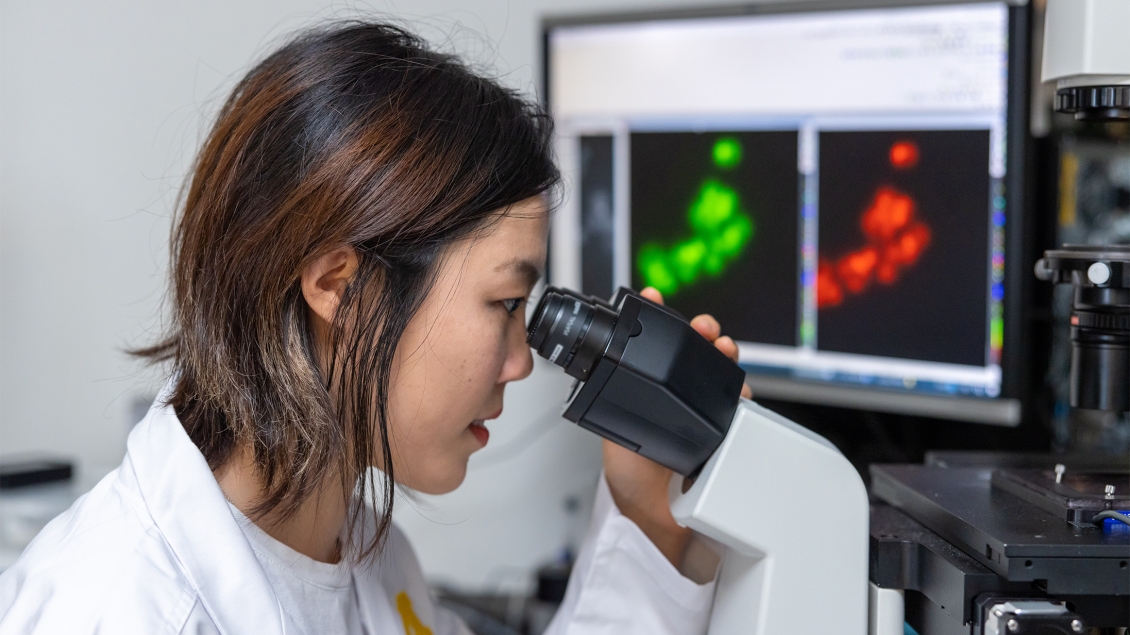
A Career in the Building Blocks of Life Itself
The U-M Medical School Department of Cell & Developmental Biology invests in the future of humankind by supporting and educating the scientists of tomorrow.
As scientists of the fundamental questions of biology, students partner with world-class faculty to research, discover and change the world.
In the U-M Medical School Department of Cell & Developmental Biology, we foster research, education and collaboration at all levels through interdisciplinary graduate research programs and advanced post-doctoral fellowship opportunities. Our ultimate goal is to prepare the next generation of scientists to make life-changing discoveries in the biological and biomedical sciences.
Our students have access to:
- Amazing Faculty & Cutting-Edge Science: Learn in an environment that celebrates and promotes high-impact, discovery-driven research.
- Outstanding Mentorship and Administrative Support: Get the guidance you need to advance your career.
- A Top-Ranked Educational Program: CDB is an NIH top-10 program and the University of Michigan is the number one ranked public university in research expenditures.
- Professional Development & Outreach: Explore career opportunities and gain skills through a variety of organizations and resources on campus.
- Career Options: Our trainees pursue rewarding careers in both academia and industry.
- Awards and Funding: A range of opportunities are available to recognize accomplishments and cover costs.
- A Great Place to Call Home: Ann Arbor combines the energy, intellect and fun of a college town with a big city’s appetite for the best in food, recreation, culture and entertainment.
The home of the Michigan Medicine campus is a vibrant city that feels like a small town, with the natural beauty and recreation of all four seasons. Start planning your life in Ann Arbor, from campus life and housing to transportation and beyond.
No one understands the CDB program - and what makes it so special - better than our graduate students. See yourself in their stories as you consider the U-Mich CDB program.
Check out what's going on around the department and the university.


